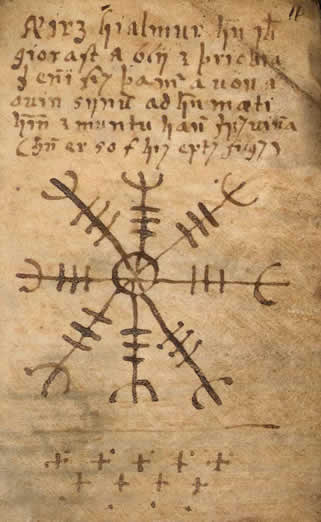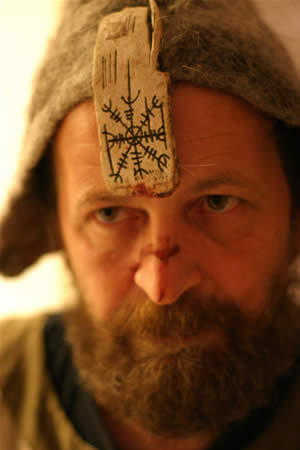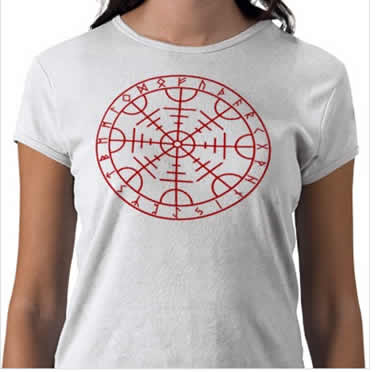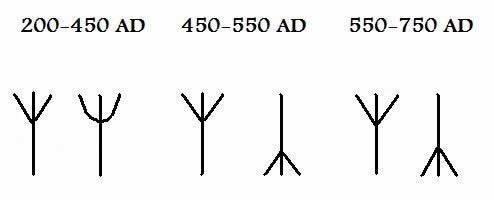The traditional Occult Symbol – Aegishjalmur commonly referred to as the “helm of awe” is a an ancient Scandinavian runic viking symbol.
The symbol is said be worn over the forehead or used as a tattoo and in modern times has been used in t shirts or necklaces.. In history it was said to be scratched or drawn on the inside of one’s battle helmet to give the wielder power. Its magical purpose is said to be protection and “irresistibility” in battle..

(Image Source above from – The Museum of Icelandic Sorcery and Witchcraft )
Occult Symbols – The Aegishjalmur in History and Use
It is said to be able to be used on one’s forehead with saliva or blood. In modern times it has been used in many more ways than this including necklaces, t-shirts or tattoo’s as seen below. Within the symbol is Algiz as shown by the images which is the rune of protection. In the center is the circle most likely representing one self surrounded by protective energy. This was a very powerful symbol from the pagan era, it is indicated to be used in battle as well as protecting the wielder in general from magickal or physical attack including the abuse of power.

(The use seen above of Aegishjalmur on a pagan style leather helmet – Image from the The Museum of Icelandic Sorcery and Witchcraft)
As you can see from the images it has been used in many ways this ancient Occult symbol. Interestingly enough it is another symbol that has been passed down through the ages.. In a previous post I went over general Occult Symbols used today, this is another to add to the list.

(Aegishjalmur used in t shirts as for sale on www.zazzle.com)

(Algiz Rune as seen within Aegishjalmur above)
The runes originate from the history of Odin, Thor, Freya and other ancient viking history. They were used as a magical alphabet that finally developed into the English alphabet we use today and if used used right were said to bestow powers onto the user. The Aegishjalmur symbol is a symbol within the same understanding of the runes. In a future post I will write more detail on the history and power of the Runes as well as the history of the Viking Gods..

like it so much..!!
Hi,
I’ve been trying to find out The Aegishjalmur was used around the Elder futhark or the Younger Futhark times but I am struggling to find this out and was wondering if yourself knew.
Many Thanks
Liked the article, only just found it! To R Foster bit late! but still, it’s based on the elder furthark as each cross line represents a rune and it has 24, the younger futhark only had 16 runes. Anne
Thanks Anne for adding to the topic.
Have a nice day..
Very interesting article, thank you. What do the runes, as shown on the tshirt, around the Aegishjalmur mean?
i would also like to know the meaning of the above question. thanks
Sherwynn: Those are just the runes in alphabetical order. They spell out Futhark to begin with, which is why the alphabet is called the futhark
The Aegishjalmur (Helm of Awe) that I bought in Iceland has three arms longer than the others. Why is that?